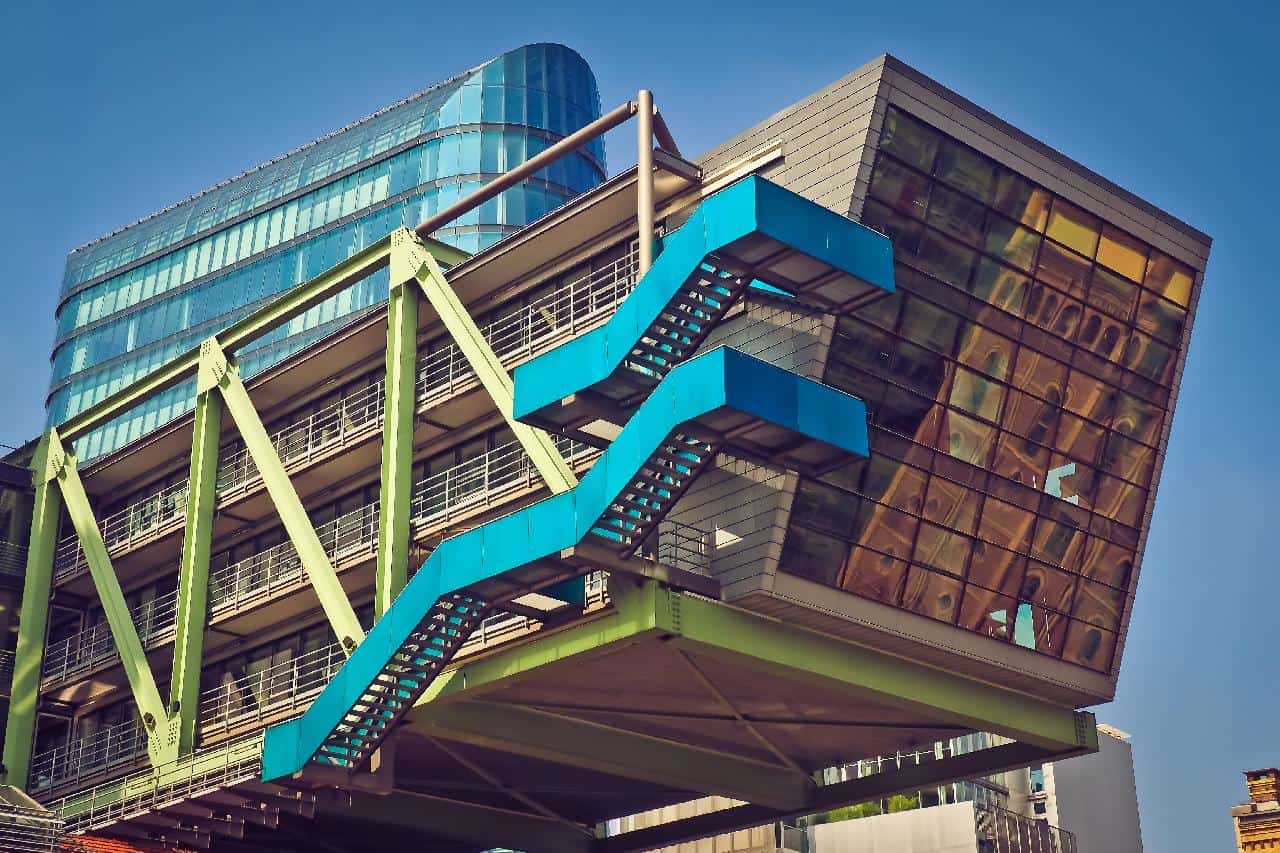The main trademark of contemporary architecture style consists of geometric shapes, asymmetric features, and natural building materials. The focus is on function, simplicity, flexible interiors, plenty of light on airy spaces.
The style is mostly minimalism with clean lines. The house has a bold look and a very distinctive architectural street appeal. The houses are built to be more flexible to several different uses; they are also well ventilated and have access to enough natural light. These buildings’ orientations form the main concern for contemporary architectural style.
Compared to old classic mid-century designs, modern designs are so attractive and beautiful.
For instance, materials such as granite, concrete, timber, stainless steel, and even marbles are used in the construction process. Shelves and cabinets made of timber sinks made of stainless steel and hardware is used to adorn the kitchen making these buildings resemble industries. Open shelving and simple unadorned cabinet are also common features of a contemporary kitchen. Workspaces that are efficiently arranged and have minimal embellishment are constructed in the kitchen. The lighting of the contemporary is made dramatic and appealing and lights are placed where there is most need. This is what the contemporary style architects terms as a contemporary building. Contemporary architecture style requires architects to design buildings that have both fascinating interior and exterior structures. Contemporary building plans are geometrical in shapes and are asymmetrical, discussed cheap essay writing. These buildings have magnificent landscaping during the design stage. They also have over-size windows as a transition between their outdoor and indoor spaces.
The Elements Of Interior Design
The Elements of Interior Design “Interior design is the process of shaping the experience of interior space, through the manipulation of spatial volume as well as surface treatment” There is a lot more behind the interior design than the surface shows. Interior design is built around the basis of elements of design. The elements found in interior design are extremely consistent with the elements and principles for a form of design because they all have the same foundation of standards. Every element works together to form a masterpiece of space. Each area is just as important as any other element and it is extremely important to understand the fact that every element of interior design is crucial for an effulgent design.
The arrangement of furniture into clusters or different separated areas can be used to divide a space. Small rooms that have low ceilings can generate a confined, crammed scene if crowded with the wrong furniture composition or unfit scheme. Small areas must be kept open as possible to be well designed to instead give a more positive, snug feeling, and appear larger. Limiting the amount and size of the furniture is vital in small ranges.
Scale and proportion “go hand in hand, since both relate to size and shape.” The proportion has to do with the ratio of one element or tool in design compared to the ratio of another, or to the whole design, whereas scale is the size of one object compared to another or the entire perspective. Depending on that space is how the other aspects of design are brought in and decided upon. “There also needs to be a comfortable balance and proportion of positive, filled area, and negative, unfilled area”. Proportion and scale components relate to furniture, decorations, and any piece that takes up space and plays a visual part of the arrangement.
Discover more from Futurist Architecture
Subscribe to get the latest posts sent to your email.



